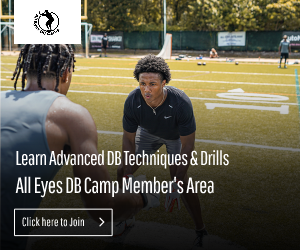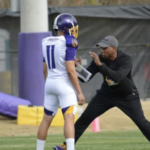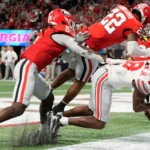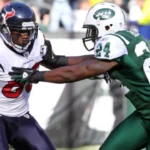Search Your Defensive Back Topic
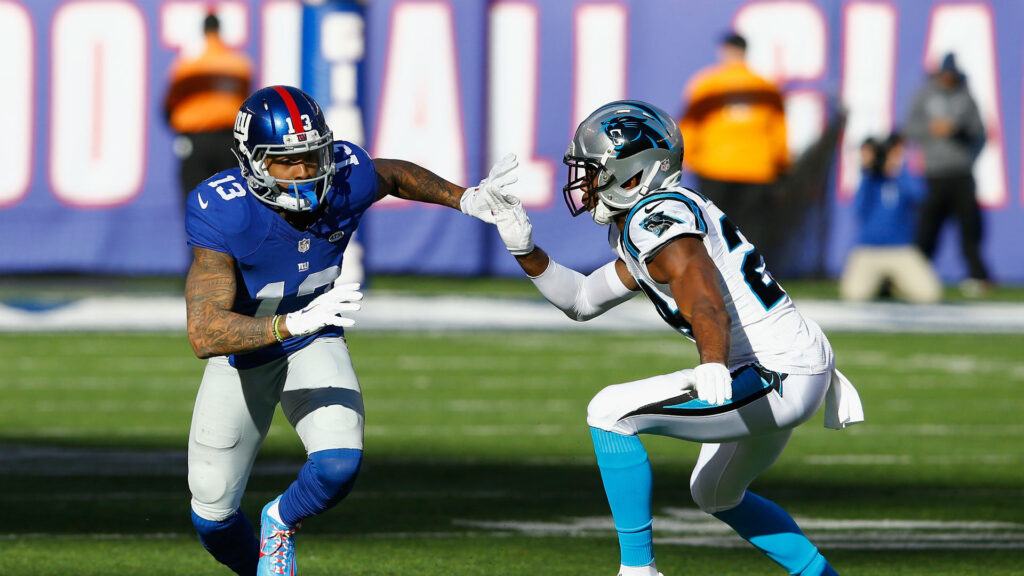
3 Big Mistakes You Are Making in Press Coverage
It’s that time of year again known as camp season. Time to line up and take 1-on-1 rep after 1-on-1 rep. There’s nothing like winning in those situations and if you want to do it consistently, you’re going to have to avoid these three big mistakes . Shi...
Read More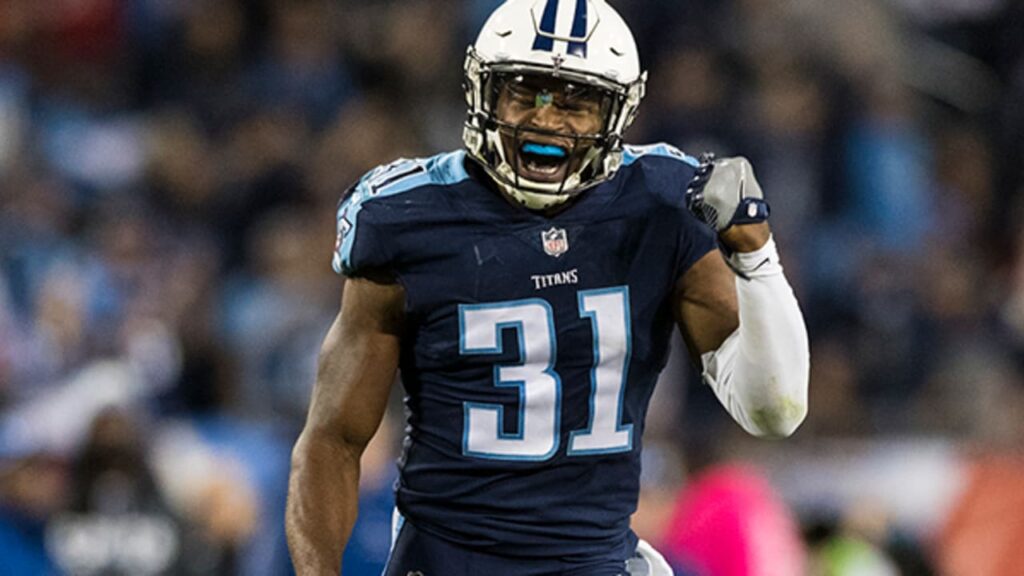
How to Play Safety in Football
Playing Defensive Back: Tips and Strategies for Cornerbacks and Safeties If you’re a football player or coach looking to improve your team’s defense, you need to focus on the defensive backfield. The defensive backs, or DBs, are the last line of defense and play a ...
Read More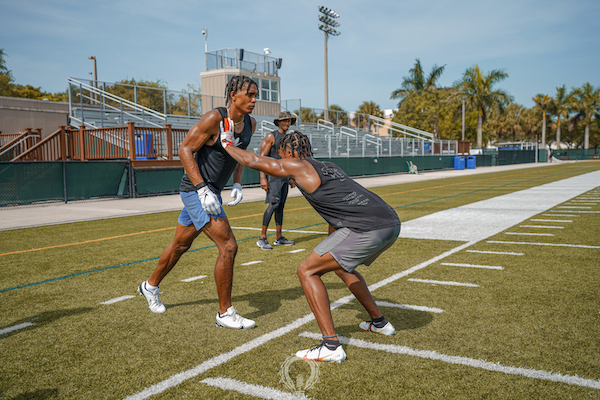
How to Play Cornerback in Football
Playing Defensive Back: Tips and Strategies for Cornerbacks If you’re a football player or coach looking to improve your team’s defense, you need to focus on the defensive backfield. The defensive backs, or DBs, are the last line of defense and play a crucial...
Read More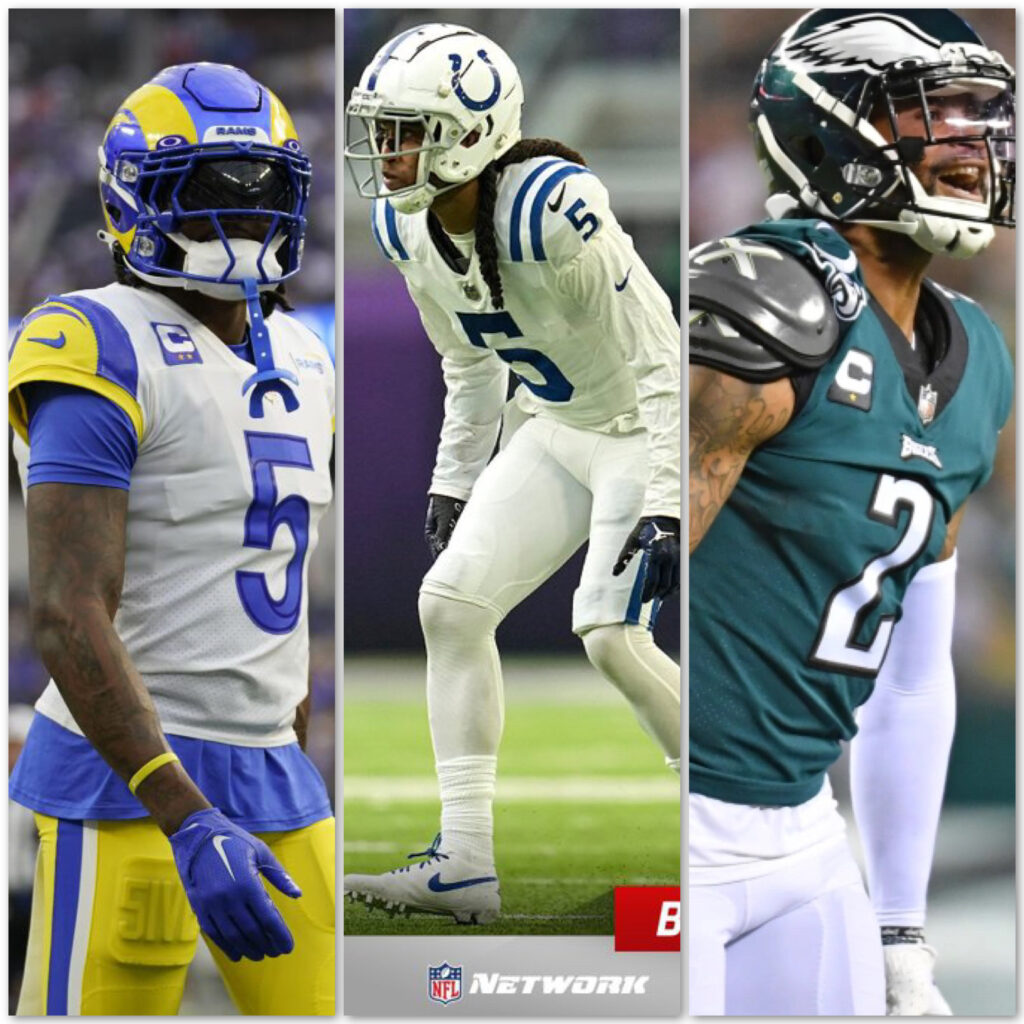
What Will Be the Best Cornerback Duo in the NFL in 2023?
As normal there has been a lot of movement in free agency this NFL off-season. One interesting thing that it has provided is the combination of some pretty good cornerback duos coming up for the 2023 season. There will be much debate heading into the season as to who the top d...
Read More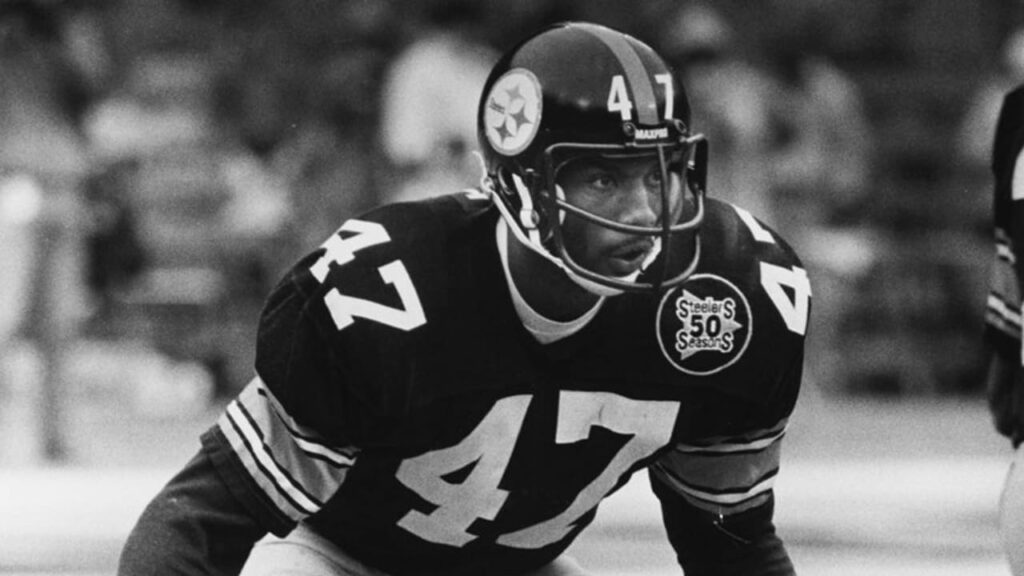
Know Your DB History: Mel Blount
Mel Blount is a name that will forever be associated with the Pittsburgh Steelers and their success in the 1970s. Widely considered one of the greatest defensive backs in NFL history, Blount’s legacy is defined by his physicality, toughness, and unparalleled ability to s...
Read More
4 Ways DBs Can Win at Camps
It’s camp season again and that means it’s time to get out on the field and impress people so that you can go where it is you want to go. Outside of the obvious things that coaches and recruiting writers are looking for, in this article, I will tell you four ways y...
Read More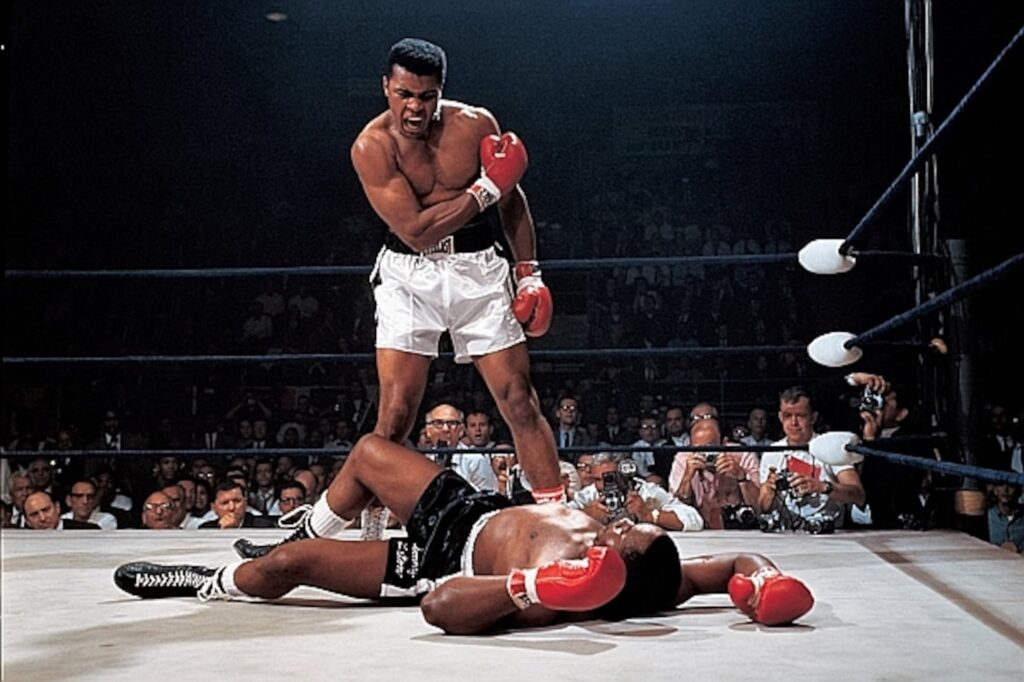
You Are the Greatest!
We all know the line made famous by boxer and humanitarian Muhammad Ali: “I am the greatest”. For Ali it wasn’t just a quote, it was a lifestyle and it’s one you have to adopt when you’re playing defensive back. If you want to have any chance at b...
Read More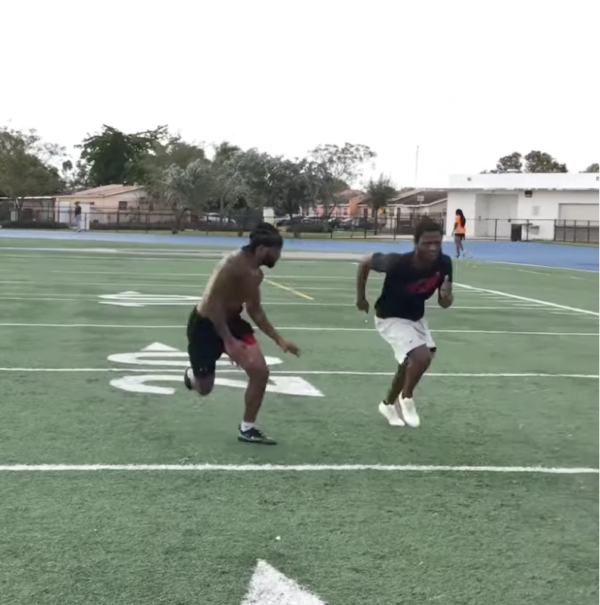
Get in Phase Drill for Defensive Backs
One of the most feared and dreaded releases by wide receivers is the outside release when you are in press man coverage. Why? Because it just might be that go route. In this article will talk about a drill that you can use to help defend yourself against the outside release. T...
Read More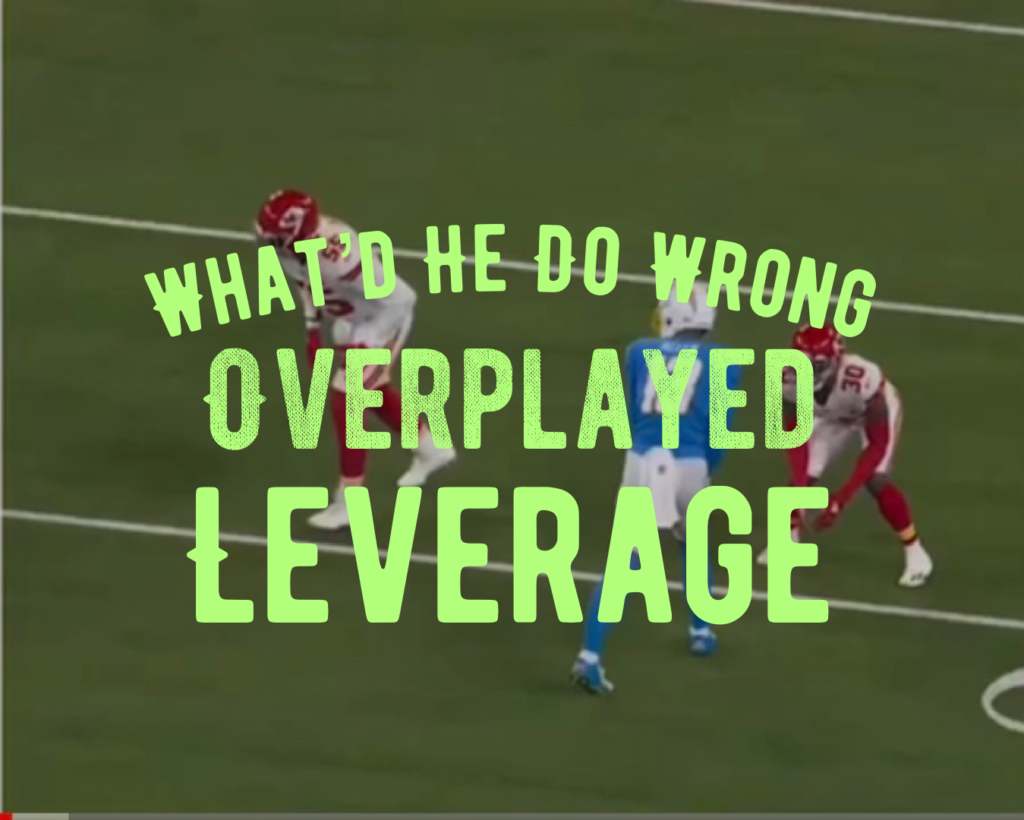
What’d He Do Wrong: Overplayed Leverage
A new video in the series of What Did He Do Wrong. This one features something that is a pet peeve of mine when it comes to guys playing press man coverage. In the video down below, I break down what went wrong in this press man rep in a game featuring the Kansas City &h...
Read More
